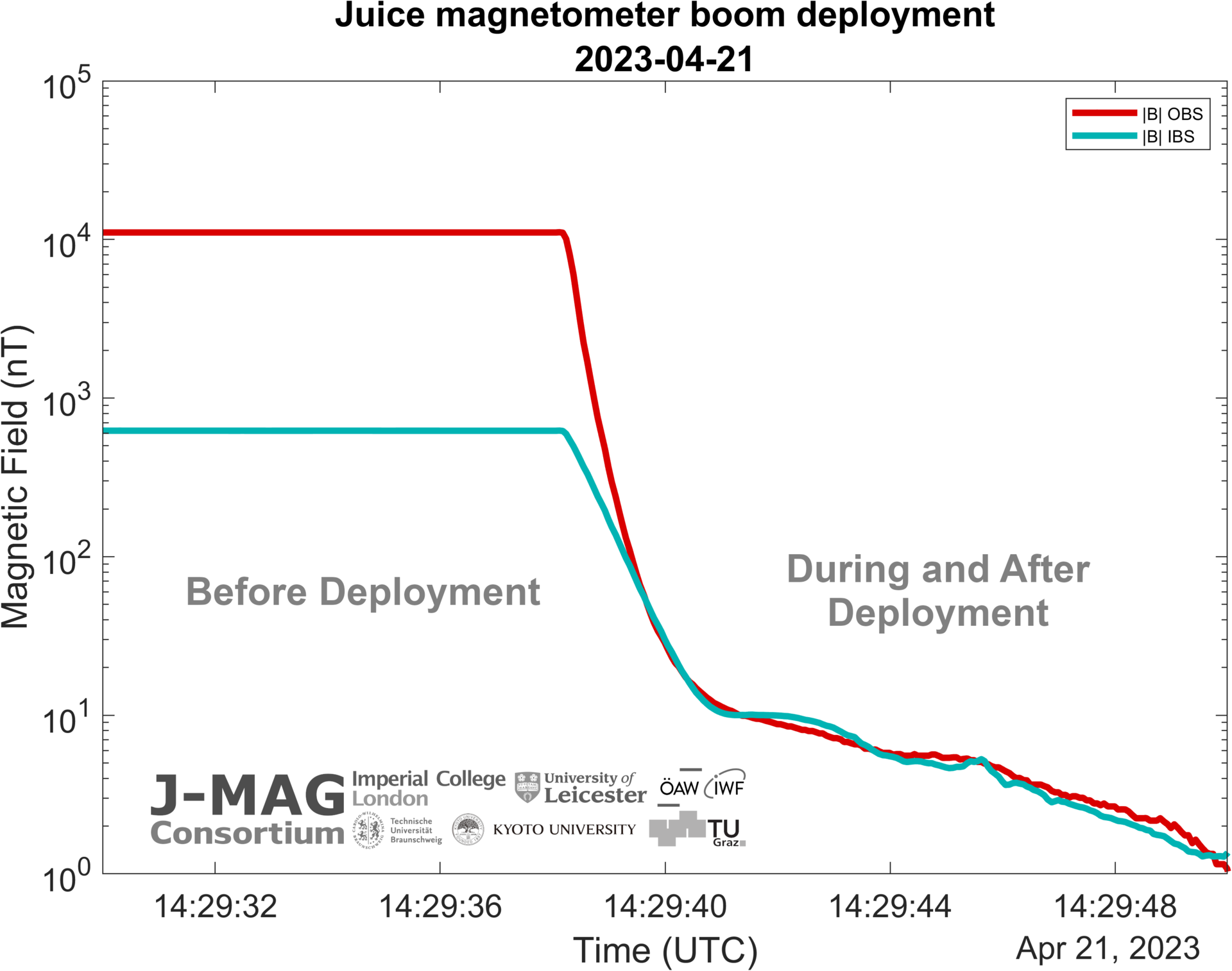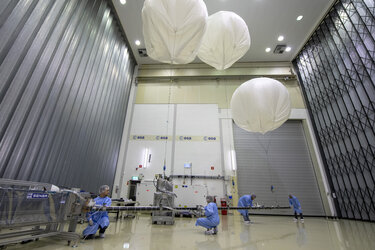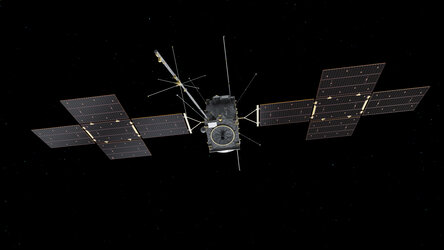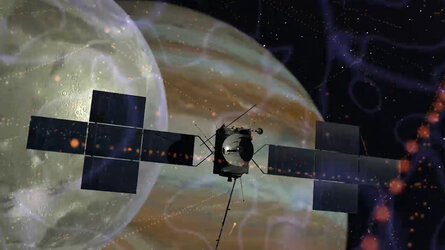Accept all cookies Accept only essential cookies See our Cookie Notice

About ESA
The European Space Agency (ESA) is Europe’s gateway to space. Its mission is to shape the development of Europe’s space capability and ensure that investment in space continues to deliver benefits to the citizens of Europe and the world.
Highlights
ESA - United space in Europe
This is ESA ESA facts Member States & Cooperating States Funding Director General Top management For Member State Delegations European vision European Space Policy ESA & EU Space Councils Responsibility & Sustainability Annual Report Calendar of meetings Corporate newsEstablishments & sites
ESA Headquarters ESA ESTEC ESA ESOC ESA ESRIN ESA EAC ESA ESAC Europe's Spaceport ESA ESEC ESA ECSAT Brussels Office Washington OfficeWorking with ESA
Business with ESA ESA Commercialisation Gateway Law at ESA Careers Cyber resilience at ESA IT at ESA Newsroom Partnerships Merchandising Licence Education Open Space Innovation Platform Integrity and Reporting Administrative Tribunal Health and SafetyMore about ESA
History ESA Historical Archives Exhibitions Publications Art & Culture ESA Merchandise Kids Diversity ESA Brand Centre ESA ChampionsLatest
Space in Member States
Find out more about space activities in our 23 Member States, and understand how ESA works together with their national agencies, institutions and organisations.
Science & Exploration
Exploring our Solar System and unlocking the secrets of the Universe
Go to topicAstronauts
Missions
Juice Euclid Webb Solar Orbiter BepiColombo Gaia ExoMars Cheops Exoplanet missions More missionsActivities
International Space Station Orion service module Gateway Concordia Caves & Pangaea BenefitsLatest
Space Safety
Protecting life and infrastructure on Earth and in orbit
Go to topicAsteroids
Asteroids and Planetary Defence Asteroid danger explained Flyeye telescope: asteroid detection Hera mission: asteroid deflection Near-Earth Object Coordination CentreSpace junk
About space debris Space debris by the numbers Space Environment Report In space refuelling, refurbishing and removingSafety from space
Clean Space ecodesign Zero Debris Technologies Space for Earth Supporting Sustainable DevelopmentApplications
Using space to benefit citizens and meet future challenges on Earth
Go to topicObserving the Earth
Observing the Earth Future EO Copernicus Meteorology Space for our climate Satellite missionsCommercialisation
ESA Commercialisation Gateway Open Space Innovation Platform Business Incubation ESA Space SolutionsEnabling & Support
Making space accessible and developing the technologies for the future
Go to topicBuilding missions
Space Engineering and Technology Test centre Laboratories Concurrent Design Facility Preparing for the future Shaping the Future Discovery and Preparation Advanced Concepts TeamSpace transportation
Space Transportation Ariane Vega Space Rider Future space transportation Boost! Europe's Spaceport Launches from Europe's Spaceport from 2012Latest

Juice’s first taste of science from space
Thank you for liking
You have already liked this page, you can only like it once!
ESA’s Jupiter Icy Moons Explorer, Juice, has recorded magnetic field data as its 10.6 m-long magnetometer boom deployed.
Juice launched on 14 April, with deployments and activation of its antennas, booms, sensors and instruments ongoing over the next months in a dedicated check-out period known as the commissioning phase.
The Juice magnetometer boom (J-MAG) was deployed on 21 April, when Juice was about 1.7 million km from Earth.
Data collected by J-MAG captured the moment of deployment itself.
The plot shows the magnitude of the magnetic field from two sensors, as indicated by the red and turquoise lines, before (flat line) and during the deployment (curving lines). The two sensors are mounted on the outer segment of the boom and separated by about 3 m. The labels OBS and IBS indicate the data from the outboard (OBS) and inboard sensors (IBS), respectively. OBS is mounted close to the end of the 10.6 m boom.
The left side of the plot shows the field trace before the boom deployment. The sensors are up against the side of the spacecraft and OBS is located close to two spacecraft thrusters, which are quite magnetic, explaining the difference in the two field magnitudes.
The plot lines change as the boom deployment occurs, starting just after 14:29:38 UT and taking approximately two seconds.
Thereafter, the two field magnitudes are at a similar level, trending towards zero and stable, indicating that the boom has deployed the full 10.6 m and both sensors are measuring the ambient solar wind field.
The plot has been put together using very preliminary calibrations. Detailed instrument commissioning will start next week, including operation in its more sensitive ranges. It will also see the first switch-on of the third J-MAG sensor that will measure the magnetic field magnitude.
Once in the Jupiter system in 2031, J-MAG will help characterise the planet’s magnetic field and its interaction with that of giant moon Ganymede, and will study the subsurface oceans of the icy moons. J-MAG is one of ten instruments that will examine Jupiter and its largest ocean-bearing moons Ganymede, Europa and Callisto.
With the critical deployment of the solar arrays and the medium gain antenna following launch, the next three months will focus on deploying and checking out the instruments.
About Juice
Juice is humankind’s next bold mission to the outer Solar System. After an eight-year journey to Jupiter, it will make detailed observations of the gas giant and its three large ocean-bearing moons: Ganymede, Callisto and Europa. This ambitious mission will characterise these moons with a powerful suite of remote sensing, geophysical and in situ instruments to discover more about these compelling destinations as potential habitats for past or present life. Juice will monitor Jupiter’s complex magnetic, radiation and plasma environment in depth and its interplay with the moons, studying the Jupiter system as an archetype for gas giant systems across the Universe.
-
CREDIT
ESA/Juice/J-MAG Consortium -
LICENCE
ESA Standard Licence

Juice magnetometer fit to take data

Juice’s magnetometer boom extended

Juice comes to life (artist’s impression)

The making of Juice – episode 10.1















 Germany
Germany
 Austria
Austria
 Belgium
Belgium
 Denmark
Denmark
 Spain
Spain
 Estonia
Estonia
 Finland
Finland
 France
France
 Greece
Greece
 Hungary
Hungary
 Ireland
Ireland
 Italy
Italy
 Luxembourg
Luxembourg
 Norway
Norway
 The Netherlands
The Netherlands
 Poland
Poland
 Portugal
Portugal
 Czechia
Czechia
 Romania
Romania
 United Kingdom
United Kingdom
 Slovenia
Slovenia
 Sweden
Sweden
 Switzerland
Switzerland

























